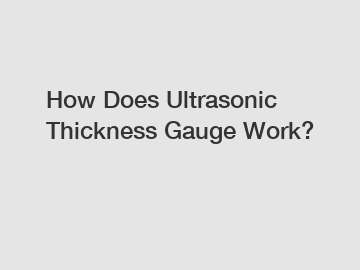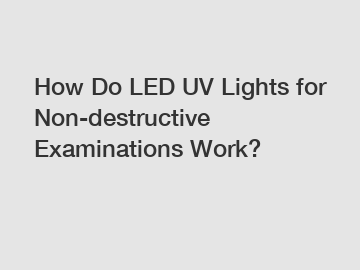Things You Need to Know About Ampoule Testing
Ampoules, small glass bottles sealed tight to maintain ampoule quality, are essential in industries such as medicine, chemicals, and skincare. Ampoule testing ensures the safety and efficacy of medications stored in these fragile glass containers. Here are some key things to know:
Types of Ampoule Tests:
- Leak testing: Crucial to ensure container integrity and prevent contamination. Methods include vacuum/pressure decay tests detecting even tiny leaks.
- Break force testing: Measures the force required to break the ampoule cleanly, ensuring safe and controlled opening by healthcare professionals. Standards like ISO 9187 specify minimum/maximum breaking force limits.
- Dimensional testing: Verifies dimensions of ampoule like wall thickness, neck diameter, height, overall diameter, perpendicularity, and tip shape meet specifications for consistent filling, sealing, and opening.
- Hydrolytic resistance: When tested in accordance with ISO 4802-1 and ISO 4802-2, the hydrolytic resistance of the internal surface of ampoules shall comply with the requirements specified for hydrolytic resistance container class HCT1 and HCF1 respectively. Another test of this type is called hydrolytic resistance test of glass grains at 98℃ and 121℃, which are performed according to ISO 719 and ISO 720 respectively.
- Ampoule internal stress examination: Internal stress refers to the residual stress existing inside the glass, which affects the strength, breakage resistance and corrosion resistance of the glass. As a special container, ampoules are used to contain important substances such as drugs and chemicals. Their internal stress directly affects their safety and product quality.
Suggested reading:Measurement & Analysis Instruments
Three Phase Power Analyzer: Accurate Measurements for Electrical Systems
Types of Optical Domes: A Comprehensive Guide
The Science Behind Engine Test Benches: Unlocking Performance and Efficiency
Choosing an IMU: FOG vs MEMS IMUs
Conducting Motor and Propeller Tests: Step-by-Step Guide
Applications of Custom Optical Windows
- Chemical compatibility testing: Ensures the glass material doesn't react with the medication, compromising its stability or purity.
Ampoule Testing Objectives:
- Guarantee container integrity: No leaks or contamination that could affect the medication's safety and efficacy.
- Ensure safe and controlled opening: Clean breaks without sharp glass fragments causing injury or product loss.
- Maintain consistent quality: Meet manufacturing specifications for reliable performance and user experience.
- Comply with regulations: Adhere to international standards and pharmacopoeia requirements for pharmaceutical packaging.
In the pharmaceutical and chemical industries, ampoule testing plays a vital role. By testing the quality and integrity of ampoules, we can ensure the safety and reliability of the product during production, transportation and use. From testing the tightness of the bottle to determining the force required to open the bottle, ampoule testing covers many key aspects to safeguard product quality and effectiveness. By using advanced testing equipment and following strict testing standards, we are able to promptly identify and resolve any potential issues, thereby reducing the risk of product contamination or damage. Therefore, ampoule testing is not only a quality assurance measure but also an important step in ensuring that pharmaceutical and chemical products comply with regulations and industry standards. In summary, the importance of ampoule testing is self-evident, as it provides a reliable guarantee for people's health and safety.
Suggested reading:What Are Seismic Sensors?
The Evolution of Digital DC Millivoltmeters: From Analog to Precision
Know the Features of the Multihead Weigher?
Key Questions to Ask When Ordering Seismic Sensor System
Top Reasons to Buy Power Quality Analyzer Today
How to Choose the Best Power Quality Analyzer?
How to Choose a Signal Generator for Defense Applications?










